Just One Thing: Twelve of the World’s Best Investors Reveal the One Strategy You Can’t Overlook
$11.40
| Author(s) | |
|---|---|
| Format |
|
| Pages |
273 |
| Publication Year |
2006 |
In Just One Thing, author John Mauldin offers an incomparable shortcut to prosperity: the personal guidance of an outstanding group of recognized financial experts, each offering the single most useful piece of advice garnered from years of investing. Never before has such an esteemed assembly of financial gurus offered their most valued insights in such a succinct manner-and in a single volume. In marvelously readable essays of uncommon clarity, each contributor presents the most precious kernel of advice-just one thing-that he would pass on to his own children and his children’s children. And now these gems of investment wisdom can be yours.
Introduction:
One of the great things about working in my field is that I get to run around with some very smart people. I get to pick their brains and learn from the best. If you could get a chance to sit down with a Gartman or Kessler or any of the other contributors to this book you would undoubtedly leap at the chance. What one thing could each of them tell you that would make a difference in your investing life? It’s impossible to calculate the value of one idea if it helps us become better investors, or saves us the pain of losses.
I asked the contributors to share their insights. The authors of these chapters have all learned a lot along the way. “Why not,” I thought, “ask them to share the wealth of their wisdom?” And so I did. There were no rules, so that’s why the chapters vary in length and topic. What I wanted to get was material that would be readable and accessible to the average investor. Nothing is more frustrating to me than a great idea I can’t understand. I asked them to make it something that will give readers an “aha” moment. Just share it with us.
Now, I could guess what a few of them would write about before I asked. Mark Finn was going to write about the problems of past performance. He is absolutely brilliant on that (and a lot of other things), which is why he gets big institutions to keep coming back for his consulting. And you knew that Dennis Gartman would write on his Rules of Trading. Gartman has forgotten more about trading than most of us will ever know. Which, he would tell you, is why he writes his rules down so he can remember them and follow them! You break these rules, you are gonna lose. If you want to trade, you need these near your desk.
But I didn’t know how some of the other contributors could narrow their advice down to Just One Thing. That was hard. But they have all done a great job. Okay, Andy Kessler gives us two. But when you turn $100 million into a cool $1 billion and get out at the top, two ideas are a good thing. Kessler shows how investing in what everyone knows is how to get just average returns (or less!). Better, he says, to invest like you are walking in a fog.
Gary Shilling shows us the value of one really good idea. George Gilder tells us that in fact inside information is the best information. Want to average almost 3 percent a year better on your funds? Rob Arnott writes compellingly that the way index (and many mutual) funds are currently constructed is inefficient, and he offers a new way to invest. This powerful analysis could be worth a lot to you.
Bill Bonner first tells us that we need to start with a principle if we want to succeed and then shows us his idea as to what that is. Mike Masterson looks at the same thought, but comes away with an entirely different take. James Montier gives us a very thorough overview of the latest research on the human foibles in investing. He is an expert on the psychology of investing, having literally written the book on the subject. This chapter is one you will want to read and reread and come back to often.
Richard Russell, who has been writing since 1958 and is the dean of economics writers, gives us his thoughts on time, hope, and the power of compounding. Anytime Richard talks, we should listen. Ed Easterling shows us that “risk is not a knob to be turned for greater returns.” “The first step toward making money is not losing it,” he writes, and shows us how to avoid unnecessary risk while making it our friend when we do encounter it.
And finally, I weigh in with a few thoughts on the power of change in our future. The pace of change is accelerating, and we need to know not only what is changing but how to take advantage of it. The best investments of the next 20 years will be those that are a part of the process of change. I am proud of this book and the work my friends have done to bring you their one best idea. I believe you will find many nuggets you can use in your own life and investing. As to the order of the chapters, it was just too much to decide who should be first and then second and so on; each chapter deserves to be a lead chapter. So I let the way they were organized in my inbox be the prime factor. You can start at the beginning or in the middle or the end, but read them all.
And Just One More Thing: There are a lot of great ideas in the next few hundred pages, but you have to put them into practice. So as you read, think about how you will put the principles, tips, and ideas to use in your personal life. And that will make this book be a very good thing.
Contents:
- Signposts in the Fog
- The “Not-So-Simple” (But Really Utterly So) Rules of Trading
- The Triumph of Hope over Long-Run Experience: Using Past Returns to Predict Future Performance of a Money Manager
- The Long Bond
- Risk Is Not a Knob
- Psychology Matters: An Investors’ Guide to Thinking about Thinking
- The Means Are the Ends
- The 2 Percent Solution
- The Outsider Trading Scandal
- The Winner’s Rule
- Rich Man, Poor Man
- The Millennium Wave
Just One Thing: Twelve of the World's Best Investors Reveal the One Strategy You Can't Overlook By John Mauldin pdf
Only logged in customers who have purchased this product may leave a review.

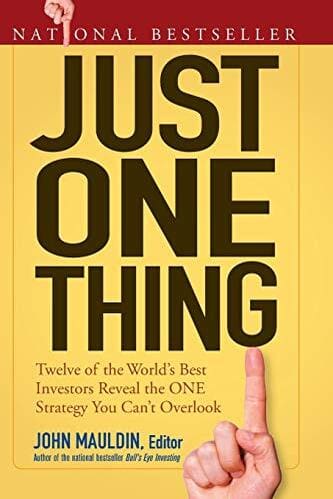
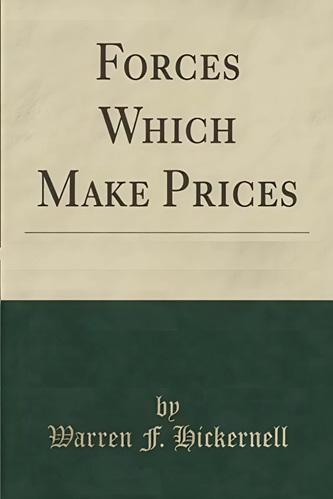
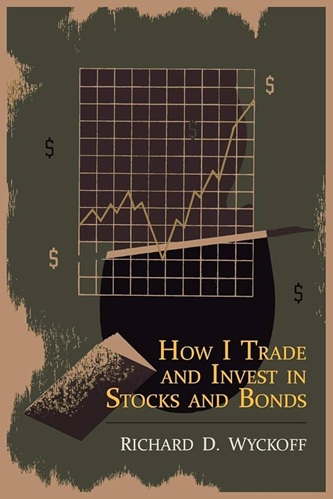
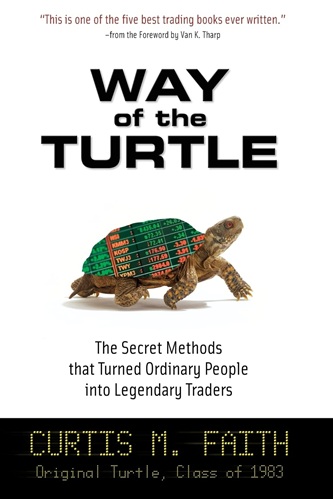
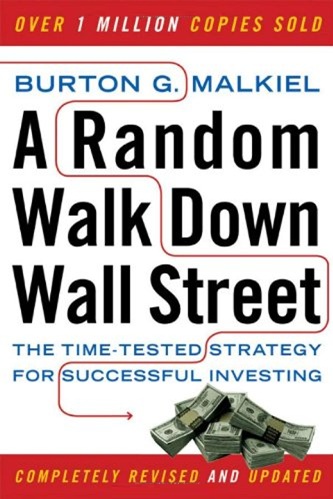
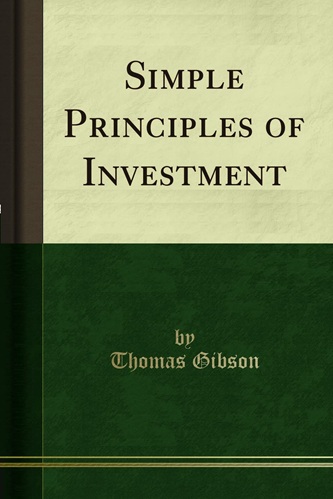
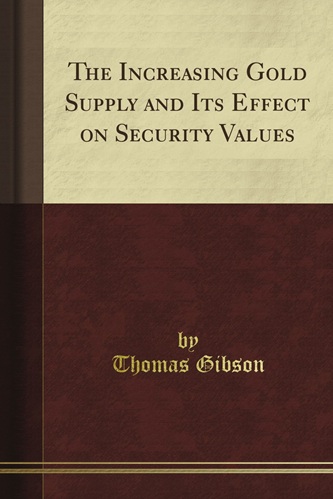
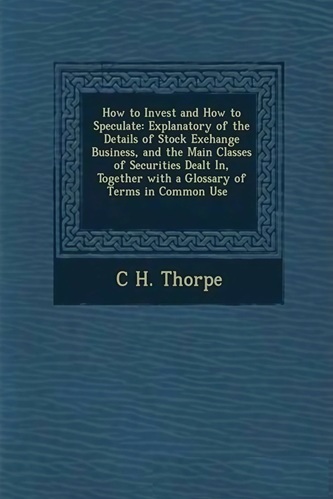
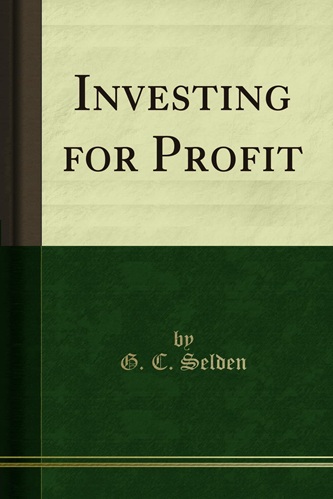
Reviews
Clear filtersThere are no reviews yet.